Does anyone recognize this disease?
bkay2000
8 years ago
Featured Answer
Comments (25)
Babka NorCal 9b
8 years agoRelated Discussions
climbing hydrangea infestation
Comments (6)I think it's cottony scale. (I've seen it called cottony cushion scale, cottony camellia scale, and cottony hydrangea scale--not sure if these are different things that can all affect hydrangea, or different names for the same thing.) I found some on my hydrangea last year but it was a limited infestation so I just pulled off those leaves. Hope someone else has a suggestion about how to treat it. I'm going to go check my plants now!...See MoreDoes anyone recognize this rose?
Comments (3)Coral Beauty? Coral Drift color is right...but the number of petals don't match. Coral Delight? Coral Meidiland? Flower Carpet Coral?...See MoreDoes anyone recognize this floor tile?
Comments (1)Google waterjet cut arabesque marble tile. Lots of choices…...See MoreDoes anyone recognize this little seedling?
Comments (4)If it just appeared spontaneously I’d say it’s Winter Creeper, Euonymus fortunei, although that id would be predicated upon its having opposite foliage, which isn’t possible to see from the pictures. It is definitely not Box and I have no idea what Globe Myrtle is....See Moreken_adrian Adrian MI cold Z5
8 years agojamie81
8 years agobkay2000
8 years agobkay2000
8 years agoBabka NorCal 9b
8 years agoin ny zone5
8 years agobkay2000
8 years agoDeb 215 SEWI5
8 years agojamie81
8 years agobrucebanyaihsta
8 years agobrucebanyaihsta
8 years agojamie81
8 years agobrucebanyaihsta
8 years agobrucebanyaihsta
8 years agobkay2000
8 years agozkathy z7a NC
8 years agobrucebanyaihsta
8 years agobrucebanyaihsta
8 years agobkay2000
8 years agolast modified: 8 years agobkay2000
8 years agosandyslopes z5 n. UT
8 years agolast modified: 8 years agoin ny zone5
8 years agobkay2000
8 years ago
Related Stories

GARDENING GUIDESTree Care: Common Tree Diseases and What to Do About Them
Learn to recognize trees that may be affected by diseases or pests so you can quickly take action
Full Story
COMMUNITYCommunity Building Just About Anyone Can Do
Strengthen neighborhoods and pride of place by setting up more public spaces — even small, temporary ones can make a big difference
Full Story
CLOSETSThe Cure for Houzz Envy: Closet Touches Anyone Can Do
These easy and inexpensive moves for more space and better organization are right in fashion
Full Story
BUDGET DECORATINGThe Cure for Houzz Envy: Living Room Touches Anyone Can Do
Spiff up your living room with very little effort or expense, using ideas borrowed from covetable ones
Full Story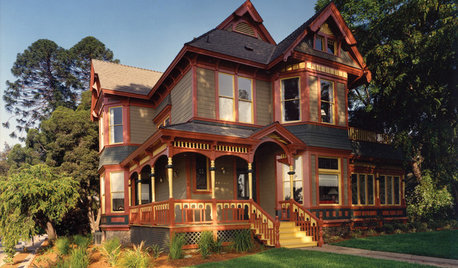
ARCHITECTURERoots of Style: Does Your House Have a Medieval Heritage?
Look to the Middle Ages to find where your home's steeply pitched roof, gables and more began
Full Story
GARDENING GUIDESGreat Design Plant: Rosa Banksiae a Low-Maintenance Beauty
This thornless, disease- and insect-resistant rose brings showers of white or yellow flowers to the spring garden
Full Story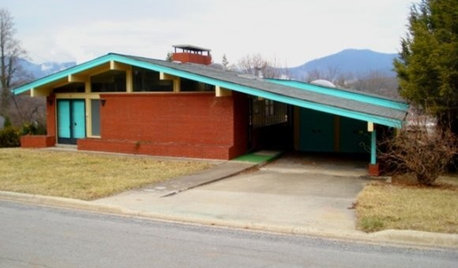
LIFEHouzz Call: Show Us the House You Grew Up In
Share a photo and story about your childhood home. Does it influence your design tastes today?
Full Story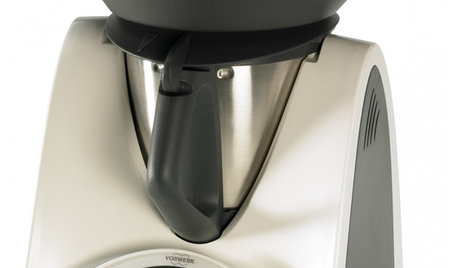
HOME TECH3 Kitchen Contraptions You Won’t Believe
Pizza hot from the printer, anyone? These cooking gadgets harness imagination and high tech — and have price tags to match
Full Story
TASTEMAKERSPro Chefs Dish on Kitchens: Michael Symon Shares His Tastes
What does an Iron Chef go for in kitchen layout, appliances and lighting? Find out here
Full Story
GARDENING GUIDESWeed War: When and How to Use Chemical Herbicides
Before you spray, arm yourself with knowledge about which weed killers — natural or synthetic — are right for your yard
Full Story


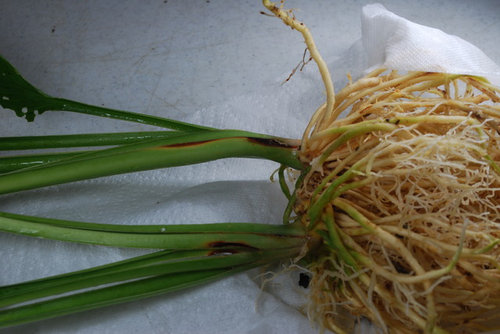

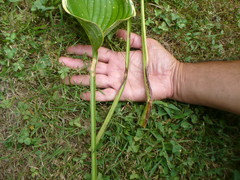
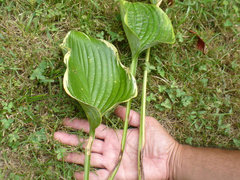


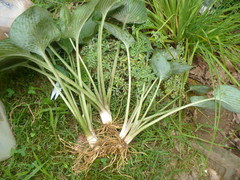

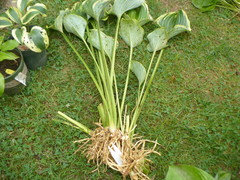



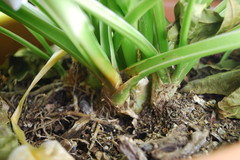
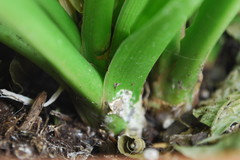





josephines167 z5 ON Canada